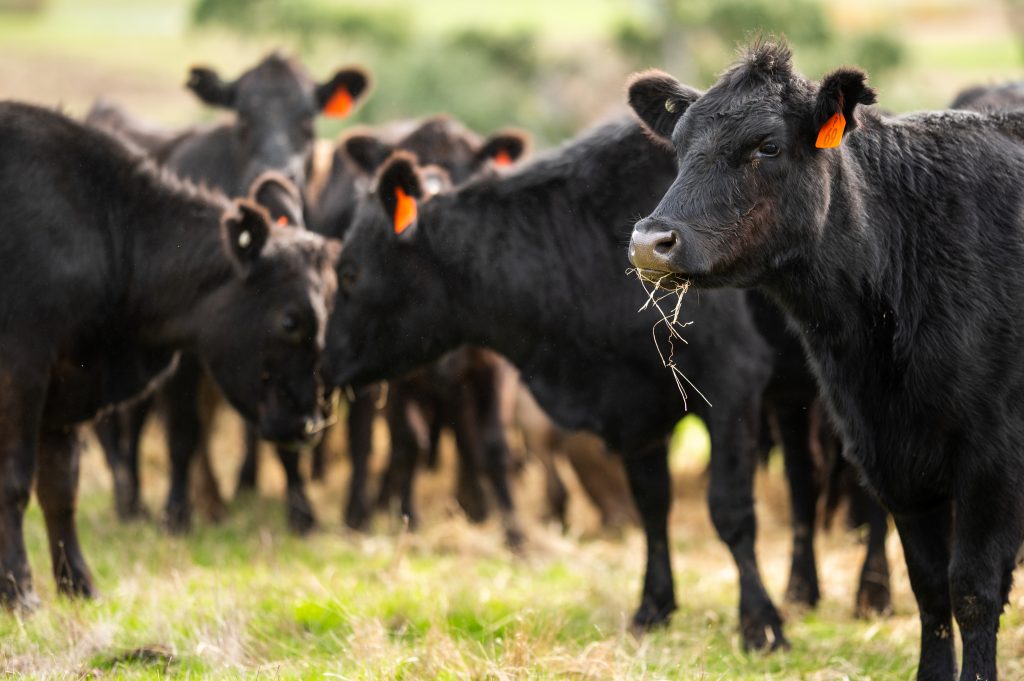
Mark Johnson, Oklahoma State University Extension Beef Cattle Breeding Specialist, offers herd health advice as part of the weekly series known as the “Cow Calf Corner,” published electronically by Dr. Peel, Mark Johnson, and Paul Beck. Today, Johnson talks about management on an operation.
In comparison to the Purebred Seedstock, Stocker or Finishing segments of beef production, the Commercial Cow-calf sector shouldn’t require as much day-to-day management and labor input. Well managed cow-calf operations can concentrate these inputs into short time frames focused on critical control points of production. The critical control points focus on improving herd health, reducing parasites, pregnancy checks to make sure the cost of cow maintenance is rewarded in the form of a weaned calf, and management to improve the value of calves produced.
The April 16, 2024 Oklahoma Market Report shows that 520 pound steers sold at an average value of $315/cwt, translating to a per head value of $1,638. A price which should result in a good profit margin beyond the annual maintenance cost of the cow that produced the calf. Historically low current US cowherd inventories and limited evidence of heifer retention indicates the robust markets we currently enjoy should be sustained for at least the next couple of years. In such times, it can be easy to overlook the critical control points which result in improving the value of calves.
Control What You Can/Manage the Manageable
The value of good management has never been higher. Consider the following:
- The cow that breeds one heat cycle earlier and calves 21 days earlier will yield a calf approximately 40 pounds heavier the day you wean. At current prices, that is an extra $125 per cow.
- Castrated steers bring $5 – 10/cwt more than bulls. The bigger the bull calves get, the larger the discount. The earlier in life bull calves can be castrated, the less stressful it is to the calf. Testosterone production in intact bulls is very low until puberty. Weaning weights of intact bulls are not heavier compared to steers.
- Dehorned or naturally polled calves sell at a $5 – 10/cwt premium over calves with horns.
- Growth implants can increase gains by 10 – 20%. For the expense of approximately $2 per implant resulting in an extra 18 pounds of added pay weight, this equates to over $55 of additional value per head. Weaning weights of growth implanted steers are often heavier than intact bull calves.
- Preconditioning typically bundles the best management practices of castration, dehorning, deworming and bunk training with a nutritional program to accommodate a 45-day on ranch weaning period. Two rounds of vaccinations (respiratory and blackleg) which can be documented as a marketing tool. One such program is the Oklahoma Quality Beef Network (OQBN) which provides producers the opportunity to certify calves and participate in special sales. Information about the OQBN is available at: http://www.oqbn.okstate.edu. The premiums for OQBN calves averaged approximately $13/cwt over the value of non-preconditioned calves from 2011 – 2022. The most optimum time for castration, dehorning and the first round of vaccinations in order to meet the specifications for preconditioned calves is two to four months of age.














